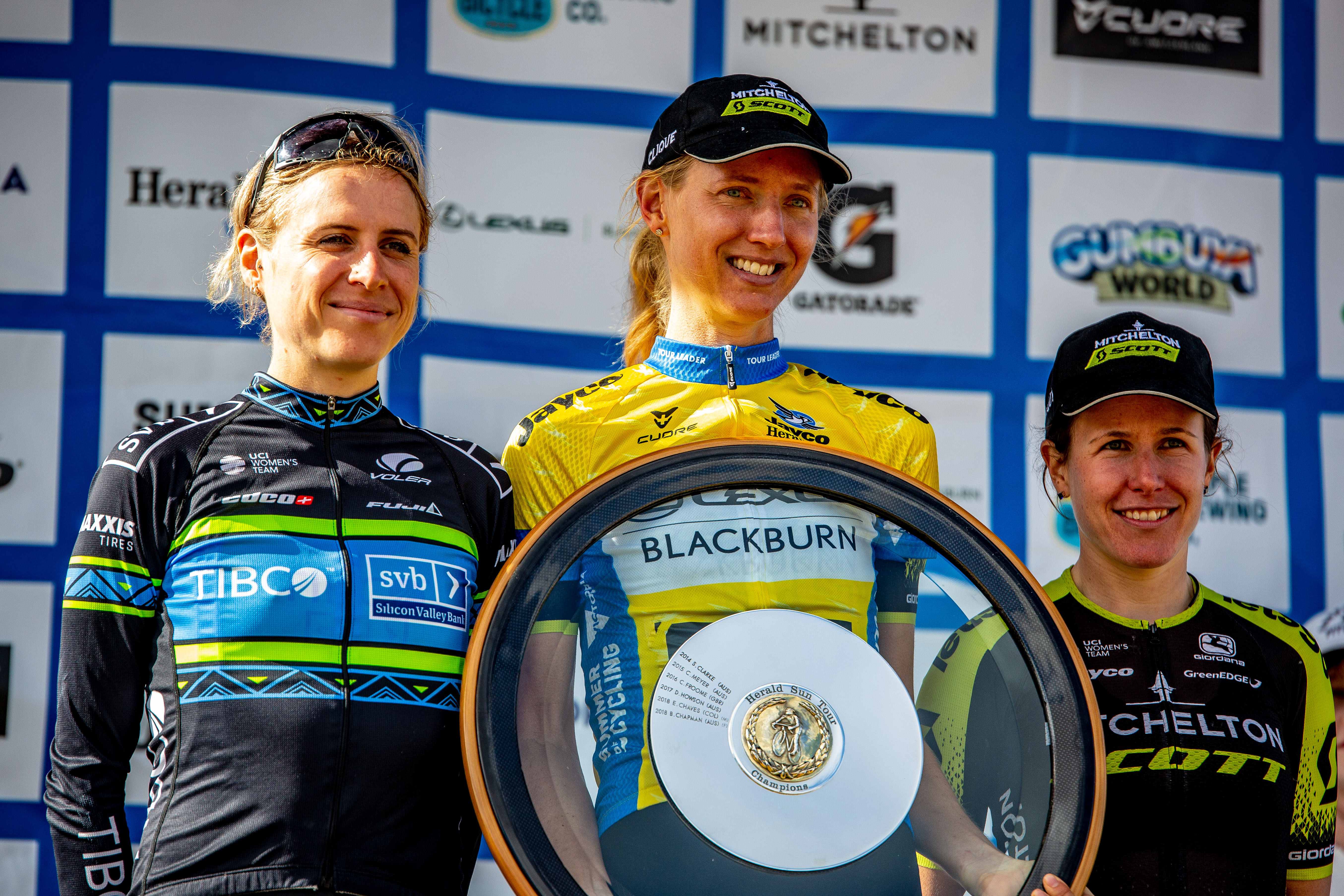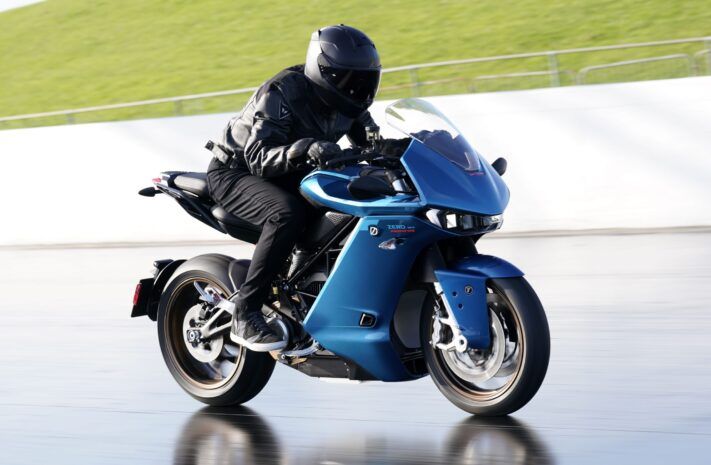What Is TRD? The Origins of Toyota’s Tuner Division

Since the early days of the automobile, racing has been an integral part of many carmakers’ development and marketing strategies. Motorsport got its start as means for companies to illustrate the durability and performance of their latest machines, chiefly with the concept of “Win on Sunday, Sell on Monday.” That remains true today, as the connection between these campaigns and the vehicles in showrooms has proven to enhance their appeal.
For Toyota, this role has been essentially shared by two divisions in recent years: GR, which stands for Gazoo Racing, and TRD, or Toyota Racing Development.

The Origins of TRD
Toyota earned the distinction of being the first Japanese automaker to compete in organized motorsport when it entered a Toyopet Crown in the grueling Round Australia Rally in 1957. The company created the TOSCO—Toyota Sports Corner—motorsports division to oversee the project. Toyota’s participation in rally and sports car racing were led under this banner until 1976, when the division’s name was changed to Toyota Racing Development and its aims expanded into the development of parts and accessories for Toyota’s production vehicles. TRD USA, the division’s American arm, was established in 1979.

TRD Motorsport Efforts
TRD saw significant success in IMSA GTU- and GTO-class racing through the 1980s, securing the GTO championship with a tube-chassis Celica in 1987—another first for a Japanese automaker. As the decade progressed, TRD also began to focus more of its attention on off-road racing, as the automaker felt it was best to illustrate the toughness of its compact truck.

TRD Off-Road Racing Success
In 1983, TRD partnered with Precision Preparation, Inc. to develop racing vehicles based on Toyota’s pickup. The group soon went on to dominate the Mickey Thompson stadium racing series and won numerous SCORE World Desert races like the Mint 400 and Baja 1000 throughout the 1990s.

TRD Expands Into Other Motorsport Disciplines
In 2000, Toyota also became the first foreign automaker to race in the NASCAR series and expanded into open-wheel racing not long after. The division has also seen success in the NHRA’s Top Fuel and Funny Car drag racing classes, as well as Formula Drift and midget car racing.
Photo: Getty Images

TRD Product Lineup
Toyota currently offers TRD-tuned versions of the 4Runner, Tacoma, Tundra, Sequoia, and RAV4, and at one point the Camry and Avalon, as well. TRD has also developed parts and accessories for the Lexus LS, IS, ES, RC, and LC models, along with other Lexus vehicles that are sold outside of the United States.

TRD Performance Levels
While the division’s racing efforts span widely across four-wheeled motorsports, TRD has become synonymous with Toyota’s trucks like the Tacoma and Tundra. These vehicles benefit from the development of those racing machines on several different levels, with tuning strategies that are divided into TRD Sport, TRD Off-Road, and TRD Pro grades. However, it’s important to note that not all models are available in all three trims.

TRD Sport
The TRD Sport models tend to focus on adding style, flair, and some roadworthy upgrades. The suspension tuning is typically designed to enhance on-road handling rather than off-road prowess, while aesthetic upgrades like non-functional hood scoops, integrated foglights, and larger wheels are often also included.

TRD Off-Road
As the name implies, TRD Off-Road packages are designed to enhance a vehicle’s performance when the pavement ends. Upgraded springs and dampers, big all-terrain tires, and four-wheel drive are typically part of the deal, while optional features like electronic anti-roll bar disconnect systems offer buyers the ability to take the vehicle’s capability a step further.

TRD Pro
Sitting at the top of TRD’s off-road performance heap, TRD Pro vehicles are tuned to tackle tough terrain with more thoroughly revamped suspension systems, comprehensive underbody protection, and features like Multi-Terrain Select (MTS), the latter of which provides terrain-specific adjustment of engine and brake system response to improve traction.

What Is the Difference Between GR and TRD?
While TRD is largely aimed at Toyota’s off-road performance production offerings like the Tacoma, Tacoma, and 4Runner, GR has focused mainly on developing roadgoing sports cars like the GR86 and GR Supra. GR started as a passion project of Akio Toyoda in 2007, who later became the president of Toyota and is now chairperson of Toyota Motor Corporation.

What Is TRD?
- TRD stands for Toyota Racing Development
- TRD started as TOSCO (Toyota Sports Corner), a motorsports-focused division of the company that was created in 1957
- TOSCO’s name changed to TRD in 1976 as the company began to pursue the development of high-performance parts and accessories for its production vehicle
- TRD has been involved in a variety of different racing disciplines over the years, but the division really made a name for itself in off-road racing and became a dominant force in the Mickey Thompson stadium racing series during the 1980s
- TRD expanded into NASCAR and open-wheel racing in the early 2000s
- Toyota offers TRD-tuned versions of the 4Runner, Tacoma, Tundra, Sequoia, RAV4, Camry, and Avalon as well as parts and accessories for a range of Lexus models
- TRD packages are divided into three different grades—TRD Sport, TRD Off-Road, and TRD Pro. Not all TRD-tuned vehicles are available in all three grades.
- TRD Sport models tend to focus on style and on-road performance upgrades
- TRD Off-Road models offer enhanced off-road performance with suspension upgrades, all-terrain tires, and four-wheel drive as standard
- TRD Pro models serve as the pinnacle of Toyota capability where the pavement ends, further improving off-road prowess with more thoroughly upgraded chassis and suspension components, comprehensive skid plate protection, and features like Multi-Terrain Select, which improves traction by adjusting powertrain and brake system response based on specific demands of the current terrain
link






